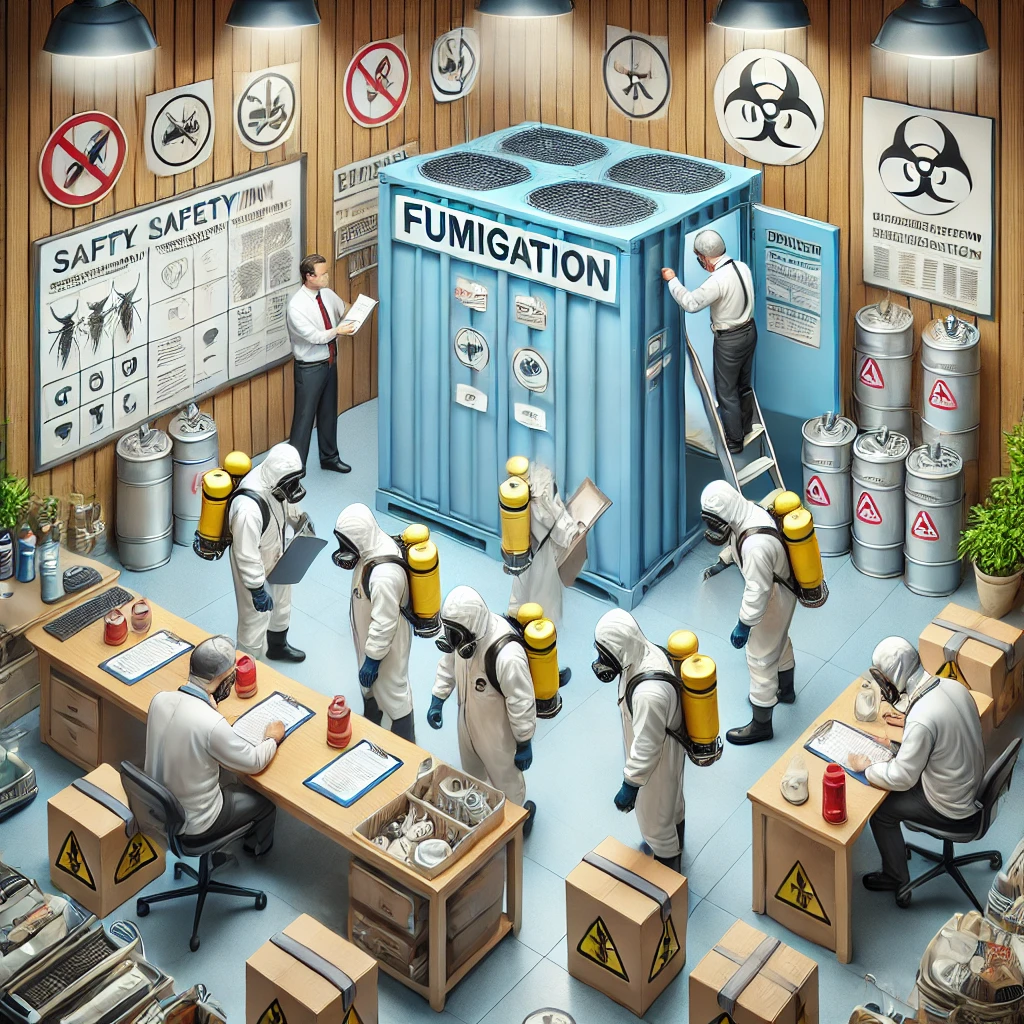
Introduction to Regulatory Frameworks for Fumigation
Regulatory frameworks for safe fumigation practices are essential to ensure the health and safety of both humans and the environment. Fumigation involves using chemical gases to eliminate pests in various settings, including agriculture, warehouses, and shipping containers. Due to the toxic nature of fumigants, strict regulations govern their use to prevent harm to people, animals, and ecosystems. These frameworks are designed to ensure that fumigation practices are carried out safely and effectively, minimizing risks associated with chemical exposure and environmental contamination.
Key Components of Fumigation Regulations
Fumigation regulations typically include several key components aimed at ensuring safety and effectiveness. Firstly, there are guidelines on the types of fumigants that can be used, specifying approved chemicals that have been evaluated for their safety and efficacy. These guidelines also include dosage recommendations and exposure limits to prevent overuse and reduce the risk of harmful effects. Additionally, regulations often require that fumigation be conducted by certified professionals who have received training in safe handling and application techniques. This ensures that fumigation is performed correctly and safely, minimizing risks to both people and the environment.
Ensuring Public and Environmental Safety
Regulatory frameworks for fumigation also emphasize the importance of public and environmental safety. This includes mandates for proper ventilation during and after fumigation to prevent the accumulation of toxic gases. In agricultural settings, regulations may specify buffer zones around fumigated areas to protect nearby communities and wildlife. There are also requirements for the safe storage and disposal of fumigants to prevent accidental releases into the environment. Monitoring and reporting protocols are often mandated to track the use of fumigants and ensure compliance with safety standards. These measures help protect public health and preserve ecological integrity.
Challenges in Implementing Fumigation Regulations
Despite the existence of comprehensive regulatory frameworks, implementing safe fumigation practices can be challenging. One challenge is ensuring compliance among all parties involved in fumigation, particularly in countries or regions with limited resources or regulatory oversight. Additionally, there may be a lack of awareness or understanding of the regulations, leading to unintentional non-compliance. The need for specialized equipment and trained personnel can also pose challenges, particularly in rural or underserved areas. Addressing these challenges requires ongoing education, training, and support for fumigation professionals, as well as robust monitoring and enforcement mechanisms.
Future Directions in Fumigation Regulation
The future of fumigation regulation will likely focus on enhancing safety measures and promoting sustainable practices. This could include developing and approving new, less toxic fumigants that pose fewer risks to human health and the environment. Advances in technology, such as precision fumigation methods and real-time monitoring systems, could also improve safety and efficiency. Additionally, regulatory frameworks may increasingly emphasize Integrated Pest Management (IPM) approaches, encouraging the use of non-chemical methods in combination with fumigation to reduce reliance on chemical treatments. By continually evolving and adapting to new challenges, regulatory frameworks can ensure that fumigation practices remain safe and effective.
